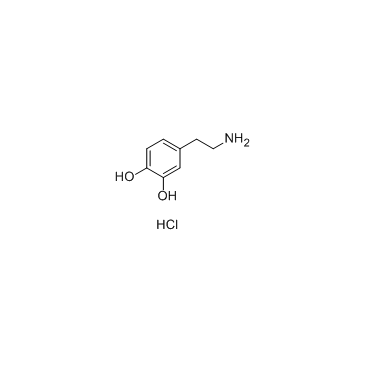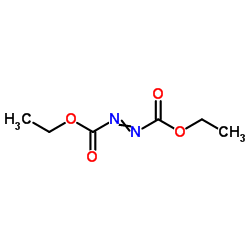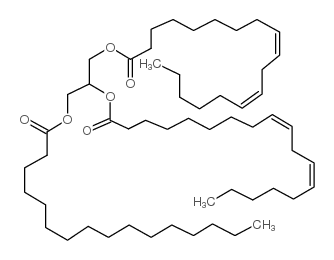| Structure | Name/CAS No. | Articles |
|---|---|---|
 |
Hydrochloric acid
CAS:7647-01-0 |
|
 |
Methanol
CAS:67-56-1 |
|
 |
Dopamine hydrochloride
CAS:62-31-7 |
|
 |
3-Methylbenzoic acid
CAS:99-04-7 |
|
 |
dead
CAS:1972-28-7 |
|
 |
1,2-Dilinoleoyl-3-Palmitoyl-rac-glycerol
CAS:2190-15-0 |